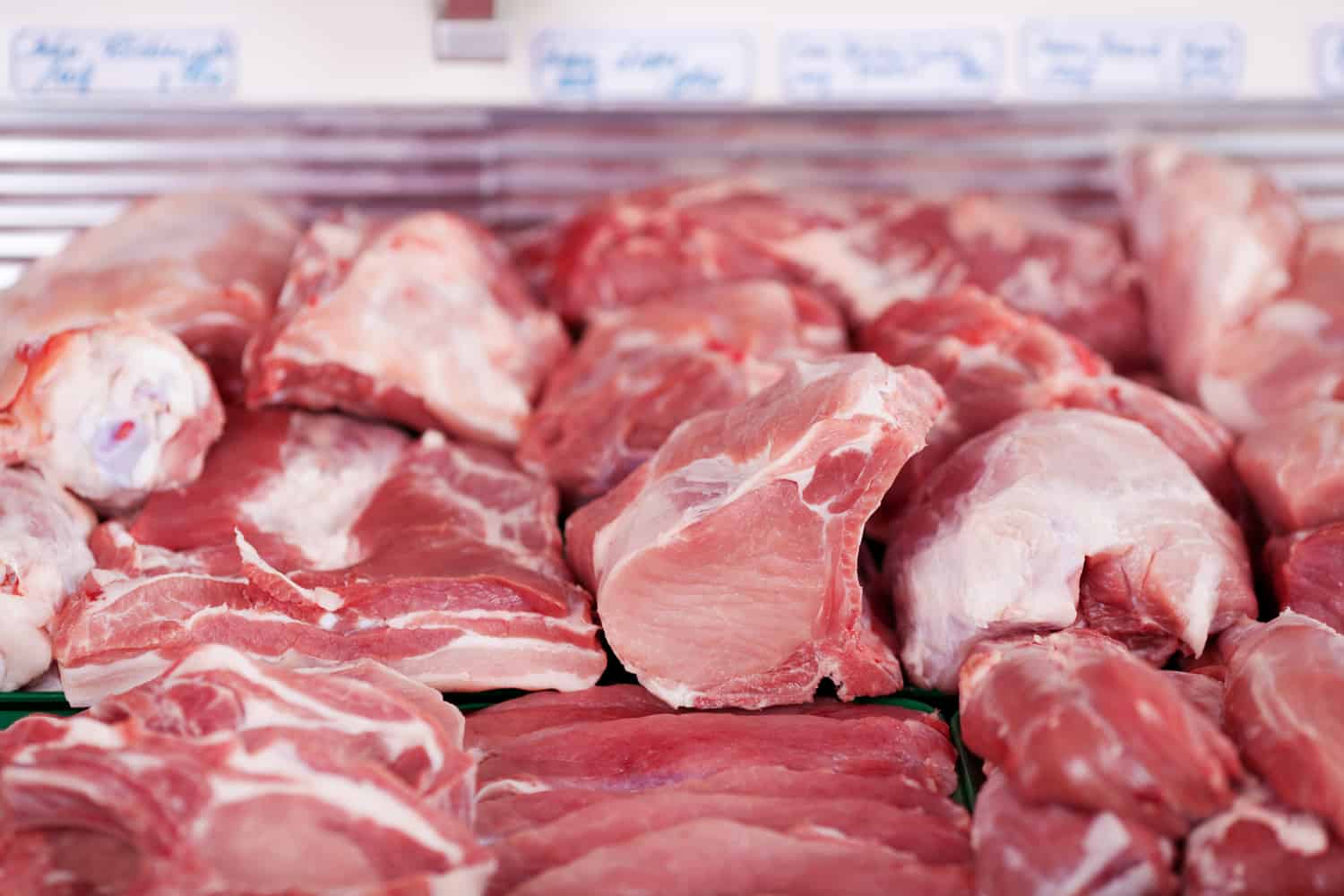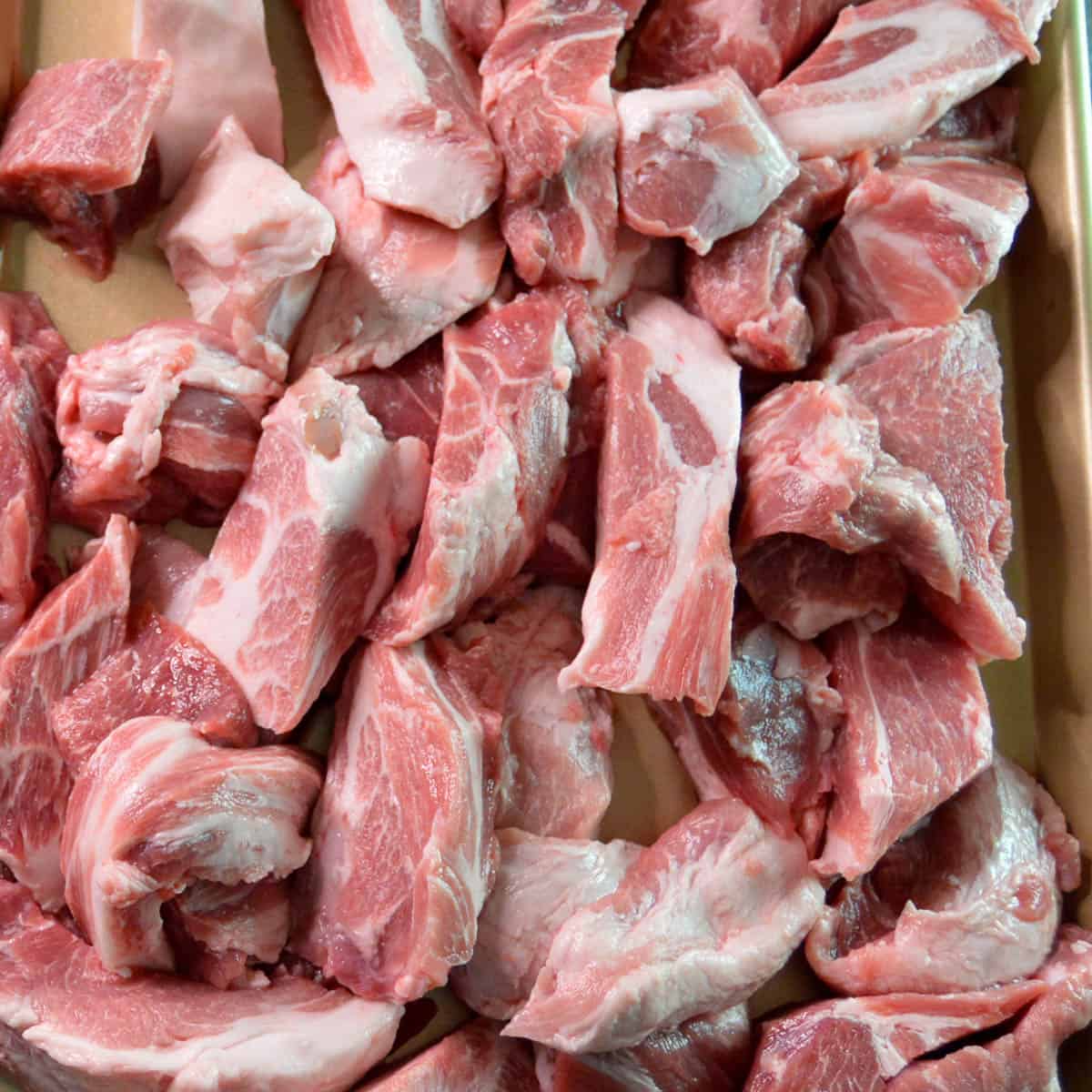Elevate your culinary skills and take control of what goes into your ground meat. It’s easy to learn how to grind your own pork at home. It’s a game-changer. Grinding your own pork gives you a lot of options because you can change the fat-to-lean ratio and try out different flavor profiles. You will ensure the freshness and quality of your ingredients. I will show you how to grind pork step by step and tell you how to choose the right cuts of pork and why grinding your own is better. Get ready to go on a journey that will make your food taste better and give you a great sense of accomplishment in the kitchen. Let’s dive into the art of grinding your own pork!.
As any seasoned sausage maker can tell you, starting with the right cut of meat is key to crafting juicy, flavorful homemade sausage. When it comes to pork, the best cuts for grinding are the shoulder and butt. These cuts strike the ideal balance of fat to lean meat that makes the tastiest sausage.
Let’s take a closer look at why the pork shoulder and butt are prime cuts for grinding and how to choose the right one for your needs. We’ll also explore other cuts that can work, and what to look for when buying pork for grinding. Get ready to become a homemade sausage pro!
Why Grind Your Own Pork?
Before we dive into cuts, let’s review the benefits of grinding your own pork at home:
-
Control over quality – You choose fresh, high-quality pork to grind
-
Custom textures and flavors – Experiment with different cuts, seasonings, etc.
-
Cost savings – Buying whole cuts on sale to grind yourself is often cheaper
-
Versatility – Use ground pork in sausages. burgers meatballs and more
When you grind your own, you know exactly what’s going into your sausage. Let’s learn how to start with the right cut.
All About Pork Shoulder for Grinding
The pork shoulder, also called Boston butt or pork butt, is the single best cut for grinding pork. Here’s why it’s sausage makers’ top choice:
-
Contains the perfect ratio of fat to lean meat (80/20)
-
Has evenly distributed fat marbled throughout for great texture
-
Provides ideal fat content for moist, flavorful sausage
-
Is commonly used by butchers for their ground pork
The shoulder consists of several muscles including the top blade, shoulder tender, and shoulder center cuts. These contain just the right blend of fat and muscle for deliciously juicy ground meat.
When ground together, they create the ideal blend for sausage making. You really can’t go wrong using 100% pork shoulder or butt for your homemade sausage.
Other Cuts That Work for Grinding
While pork shoulder is the clear winner, a few other cuts can sub in nicely:
-
Picnic shoulder – Very similar to Boston butt with great fat ratio
-
Shank – Higher fat ratio around 75/25
-
Brisket – Also has about 75% lean meat to 25% fat
-
Fatback – Add some for extra fat if needed
Mixing cuts is fine too. Go for 75-80% pork shoulder supplemented with fattier cuts like brisket or shank. Always add extra fatback if your meat seems too lean.
Aim for at least 20% fat content. Too little fat means dry, crumbly sausage. Remember, fat = flavor!
What to Avoid for Ground Pork
On the flip side, these cuts won’t work well:
-
Tenderloin – Too lean, will make sausage dry and tough
-
Loin – Very lean meat without enough fat
-
Ham – Can lend great flavor but doesn’t have enough fat
-
Sirloin – Another cut that’s just too lean for grinding
Super lean cuts will make your sausage dense and rubbery when cooked. Be sure to avoid these low-fat options.
Adding Fat for Flavor
If you can only find lean pork cuts, you can add fat to enrich the ground meat. Here are some options:
-
Pork fatback – The thick, meaty fat from the back and belly
-
Suet – Hard fat around the loin and kidneys
-
Leaf lard – Fat from around the kidneys; highest quality
-
Bacon ends – Chopped bacon trimmings add smoky flavor
Save excess fat from roasts and other cuts to freeze, then grind it in with your pork. Supplement until you hit the desired 20% fat content.
Grinding Tips for Great Ground Pork
Follow these tips for grinding pork at home:
-
Chill meat well before grinding
-
Use a meat grinder or food processor
-
Choose a coarse 3/8″ grinding plate
-
Grind in batches – don’t overwork the meat
-
Mix in fat and seasonings after grinding
-
Use freshly ground pork within 1-2 days
And that’s it! With flavorful pork shoulder, a few grinding tips, and your favorite spices, you’ll be whipping up incredible homemade sausage in no time. Get ready to impress your family and friends with your artisanal sausage skills. The only question is – which sausage will you make first?

Selecting the Right Cut of Pork
The cut of meat your choose will make or break your final product. My go to type of meat for ground pork is pork butt or pork shoulder. Feel free to experiment with different blends of meat cuts. The amount of fat in both of these is usually enough to give you the right amount of fat to lean meat ratio. I personally like the fat to lean ratio of my ground pork to be at least 20%. If you use a leaner cut like pork loin, the ground pork will be dry when it’s done, and you will be very unhappy with the result. You can always add more fat to your fat ratio if you want to grind leaner cuts. This will keep your ground pork from becoming too dry from the lean meat. These days, everyone wants to cut back on fat. But ground pork isn’t the best place to do that.

A Very Sharp Knife & Cutting Board
Your knife is an important tool that most kitchens forget about. Making sure it’s sharp will make this whole process much easier and safer. The more effort you have to put into your cut, the less safe the cut is. Investing in a good knife and keeping it sharp will pay back dividends over time. My preferred knife for this application is a boning knife. When you use a bone in pork butt, the boning knife’s flexibility makes it easier to get the meat off the bone.
10 tips to grinding your sausage meat perfectly
FAQ
What kind of pork is used for ground pork?
What pork is best for grinding?
What is the best pork to grind for burgers?
What is the best cut of pork to grind for meatballs?
What is the best cut of pork to grind?
Choose meat – Pork shoulder (also known as Boston Butt or Pork Butt) is considered the ideal cut of pork for grinding. While it is a tougher cut, its meat-to-fat ratio of around 80/20 makes for juicy, flavorful meat. Grinding the meat helps tenderize what can otherwise be a more fibrous cut, and pork shoulder delivers quality flavor and texture.
Which cut of meat should I grind?
Choosing the right cut of meat is crucial for a successful grind. Pork shoulder, also known as Boston butt or pork butt, is the preferred cut for grinding because it has the perfect balance of fat and lean meat. Fat is essential for adding flavor and moisture to the ground pork, but too much fat can make the grind greasy.
What is a good cut of ground pork?
One of the most popular cuts is the shoulder or butt, which has a good balance of fat and meat for optimal flavor and texture. This cut is commonly used in an 80/20 blend for ground pork. Another great option is the belly or bacon, which is known for its fatty content that adds juiciness and flavor to your ground pork.
Can you grind pork at home?
You’ll pay more for super-lean ground pork, as loin is the most expensive cut of pork. To grind pork at home, you’ll get consistent results by using a meat grinder or a meat grinder attachment that’s available for stand mixers. A food processor can also be used to grind pork. To get the best texture, follow these tips: Use the metal blade.
